Breaking News


Popular News

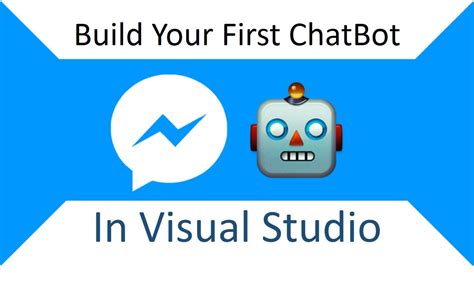
Learn how to use ChatGPT API to build your first chatbot. From setup to deployment, create chatbot input, develop responses, and test your chatbot. Get started now!Are you interested in building your very own chatbot using the ChatGPT API? Look no further because in this tutorial, we will walk you through the entire process from start to finish. Whether you’re a seasoned developer or just getting started, creating a chatbot with the ChatGPT API is a fun and rewarding project that can be used for a variety of applications.
In this blog post, we will cover everything from understanding what the ChatGPT API is and how it works, to setting it up for your development environment. We will guide you through creating input for your chatbot and developing responses to ensure a smooth conversation flow. Once your chatbot is ready, we will show you how to test it to make sure it functions as expected. Finally, we will teach you how to deploy your chatbot so that it can be used in real-world scenarios. By the end of this tutorial, you’ll have a fully functioning chatbot at your disposal. Let’s get started!
Contents
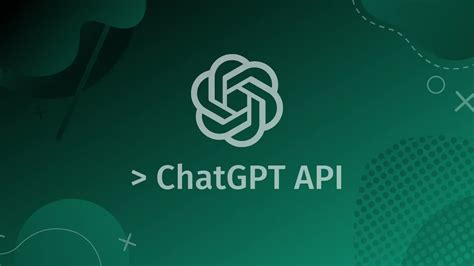
When it comes to understanding the ChatGPT API, it’s important to first grasp the basics of what an API actually is. An API, or Application Programming Interface, is a set of tools and protocols that allows different software applications to communicate with each other. In the case of ChatGPT, the API serves as a bridge between your chatbot application and OpenAI’s powerful language generation model.
With the ChatGPT API, developers can send text inputs to the model and receive generated responses. This means that by leveraging the API, you can create chatbot applications that are capable of engaging in natural language conversations with users. In essence, the API provides access to the advanced language capabilities of the GPT-3 model, allowing developers to integrate this functionality into their own projects.
One key aspect of understanding the ChatGPT API involves familiarizing yourself with the specific endpoints and methods available for interacting with the model. The API documentation provides detailed information on how to make requests, handle responses, and customize the behavior of the language model. By gaining a solid understanding of these API features, developers can effectively harness the power of ChatGPT to build intelligent chatbot applications.
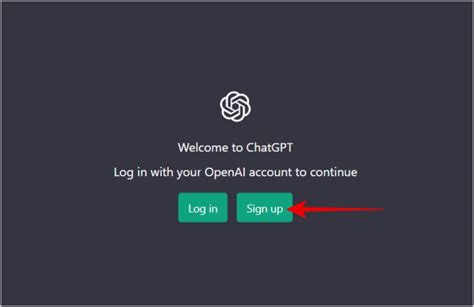
Setting up the ChatGPT API is the first step towards building your own chatbot. To begin, you will need to sign up for an API key from OpenAI and create an account on their platform. Once you have your API key, you can start integrating the ChatGPT API into your project.
Next, you will need to install the necessary Python libraries to work with the ChatGPT API. Use pip to install the OpenAI library, which provides a simple interface for making requests to the API. Additionally, you may need to install other libraries depending on your project’s requirements.
After installing the required libraries, you can begin setting up your ChatGPT API client by initializing it with your API key. This client will be responsible for making requests to the ChatGPT API and receiving responses from it. Make sure to handle any errors that may occur during the initialization process.
Once you have set up your ChatGPT API client, you are ready to start using it to generate responses for your chatbot. You can now move on to the next step of creating the input for your chatbot and developing its responses.
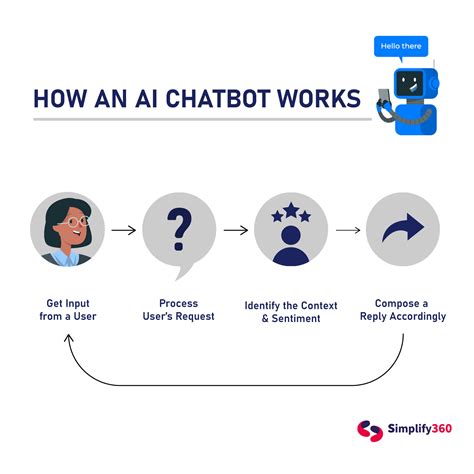
When creating inputs for your chatbot, it’s important to consider the specific prompts or questions that will elicit responses from the AI. Understanding the various types of input formats that the ChatGPT API supports is crucial for building a conversational interface that is both engaging and effective.
One common input format for chatbots is through the use of keywords or specific trigger phrases. By identifying key phrases or words that are likely to trigger a certain response from the chatbot, you can create a more dynamic and personalized conversation experience for users.
Another important aspect of creating chatbot input is the use of contextual cues. This involves not only considering the specific words or phrases used in the input, but also taking into account the broader context of the conversation. By understanding the larger context, such as previous interactions or user preferences, you can tailor the input to provide more relevant and meaningful responses.
Additionally, utilizing structured input formats such as lists and tables can be a powerful way to create more organized and efficient interactions with the chatbot. By structuring the input in a clear and logical manner, you can guide the conversation and ensure that the chatbot’s responses are aligned with the user’s intent.
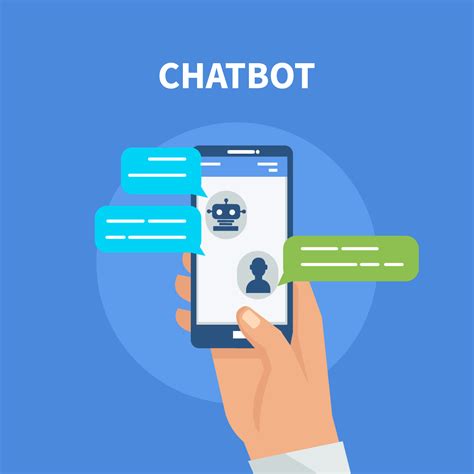
Once you have set up the ChatGPT API and created the input for your chatbot, the next step is to focus on developing the responses. This is where the magic happens – when the chatbot can generate human-like, natural language responses to the input it receives.
To start developing the chatbot responses, you can begin by brainstorming a variety of potential responses to different inputs. This could include considering different ways to phrase the same response, as well as crafting responses for various contexts or scenarios.
A helpful approach is to create a list using the li tag for each potential response, organizing them in a table format using the table tag. This can provide a visual representation of the different responses and help ensure that they are diverse and cover a range of possible outcomes.
Additionally, it’s important to consider the tone and personality of the chatbot when developing its responses. Depending on the intended use of the chatbot, it may be designed to be professional, friendly, casual, or any other specific tone. This should be reflected in the language and style of the responses.
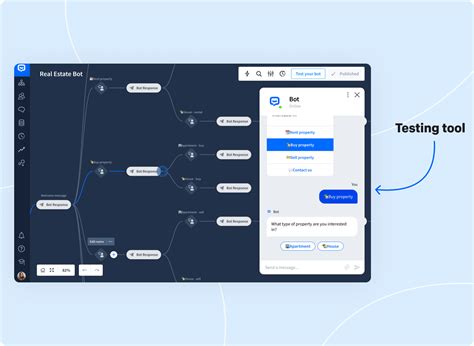
Once you have developed your Chatbot Responses using the ChatGPT API, the next step is to move on to testing your chatbot. This phase is crucial as it allows you to ensure that your chatbot is functioning as intended and providing accurate and relevant responses to user queries.
When testing your chatbot, it is important to consider different scenarios and edge cases to see how your chatbot performs under various conditions. This can involve testing with different types of user input, including questions, statements, and commands, to ensure that your chatbot can handle a wide range of interactions.
One approach to testing your chatbot is to create a table with a list of predefined test cases that cover different aspects of the chatbot’s functionality. This can include testing for handling specific keywords, responding to common queries, and detecting user intent accurately.
Another important aspect of testing your chatbot is to gather feedback from real users. This can be done through beta testing with a select group of users who can provide valuable insights into the usability and effectiveness of your chatbot. Their feedback can help you identify any potential issues and make improvements to enhance the overall user experience.
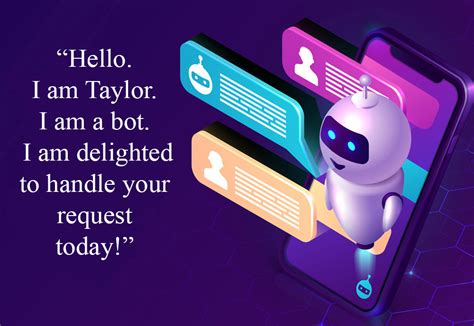
After successfully testing your chatbot and ensuring that it is responding accurately, the next step is to deploy it to a platform where it can interact with users in real-time. One of the most common ways to deploy a chatbot is through a website, where users can access it and engage in conversations. To do this, you can use web development tools and platforms such as HTML, CSS, and JavaScript to integrate your chatbot into a webpage.
Another option for deploying your chatbot is through messaging platforms such as Facebook Messenger, Slack, or Telegram. These platforms offer APIs that allow you to connect your chatbot and make it available to users within their messaging applications. By leveraging these APIs, you can reach a wider audience and provide your chatbot as a convenient communication tool for users.
Furthermore, you can also consider deploying your chatbot as a standalone application on mobile devices. This can be achieved through mobile app development technologies such as React Native, Flutter, or native iOS and Android development. By creating a dedicated app for your chatbot, you can offer a streamlined and personalized user experience for your audience.
Lastly, when deploying your chatbot, it’s crucial to consider scalability and maintenance. As your chatbot interacts with more users, you may need to optimize its performance and ensure that it can handle increased traffic. Additionally, regular updates and improvements to the chatbot’s functionality may be necessary to keep it relevant and effective in meeting user needs.
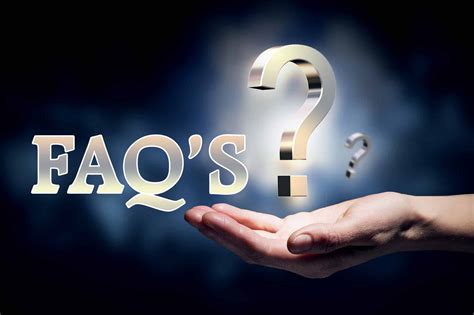
What is ChatGPT API?
ChatGPT API is a language model developed by OpenAI that allows developers to integrate natural language processing and generation capabilities into their applications, enabling them to build chatbots and conversational interfaces.
How can I get access to ChatGPT API?
To access ChatGPT API, you can sign up for an API key from the OpenAI platform. Once you have the API key, you can start making requests to the API and integrating it into your projects.
What programming languages are supported by ChatGPT API?
ChatGPT API supports various programming languages including Python, JavaScript, and others through HTTP requests. It can be integrated into any language that is capable of making HTTP requests.
Can I build a chatbot using ChatGPT API?
Yes, you can build a chatbot using ChatGPT API by sending a prompt or a message to the API and receiving a response containing the generated text. You can create conversational experiences using this feature.
Are there any limitations to the usage of ChatGPT API?
Yes, there are limitations on the number of requests and characters that can be processed with the free tier of the API. However, by upgrading to a paid plan, you can access higher limits and additional features.
What are some use cases for ChatGPT API?
Some use cases for ChatGPT API include building chatbots for customer support, generating content for websites and applications, creating interactive conversational experiences, and more.
Is there any documentation available for using ChatGPT API?
Yes, OpenAI provides comprehensive documentation and examples for using ChatGPT API on their official website. The documentation includes information on making requests, handling responses, and best practices for integrating the API into your projects.